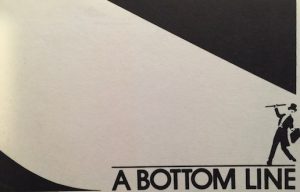In high school, our younger son rowed crew. More specifically he was the coxswain charged with managing and navigating the shell with eight rowers in front of him. It was his first race ever after several weeks of learning the basics.
We drove to Toledo to watch the regatta. Not only was Derek a novice rower, we were novice rowing parents. We found our way to the river and, with the help of other parents, figured out which boat was Derek’s as it proceeded along the 2000 meter course. This was a “head†race, which meant that the boats were racing against the clock rather than against each other. You could see boats strung along the course all rowing furiously.
As Derek’s boat passed by at the 1500 meter mark they came up on a buoy marking the course in the river. The rower in seat 2 caught the edge of the buoy with his oar, popping the oar out of its oarlock, and stopping the boat dead in the water. Somehow, Derek and the rowers restarted the boat, now with only seven oars working, and finished the race. Working our way down to the finish, we learned that the boat had managed to finish in third place. The rower in seat 2 eventually needed ten stitches in his forearm but the crew was thrilled with the results of their first ever race.
After the race, I was talking with another dad, whose son was a couple of years older. Kris’s comment has stuck with me;
“We can teach Derek not to hit a buoy. What we can’t teach is the presence of mind to settle everyone down, restart the boat, and finish the race.â€
A few years later, that boat won a national championship.
I sometimes think that effectiveness hinges on understanding things you can learn but can’t teach.

 “We need you back in the office now, Anthony’s team just got fired.â€
“We need you back in the office now, Anthony’s team just got fired.â€